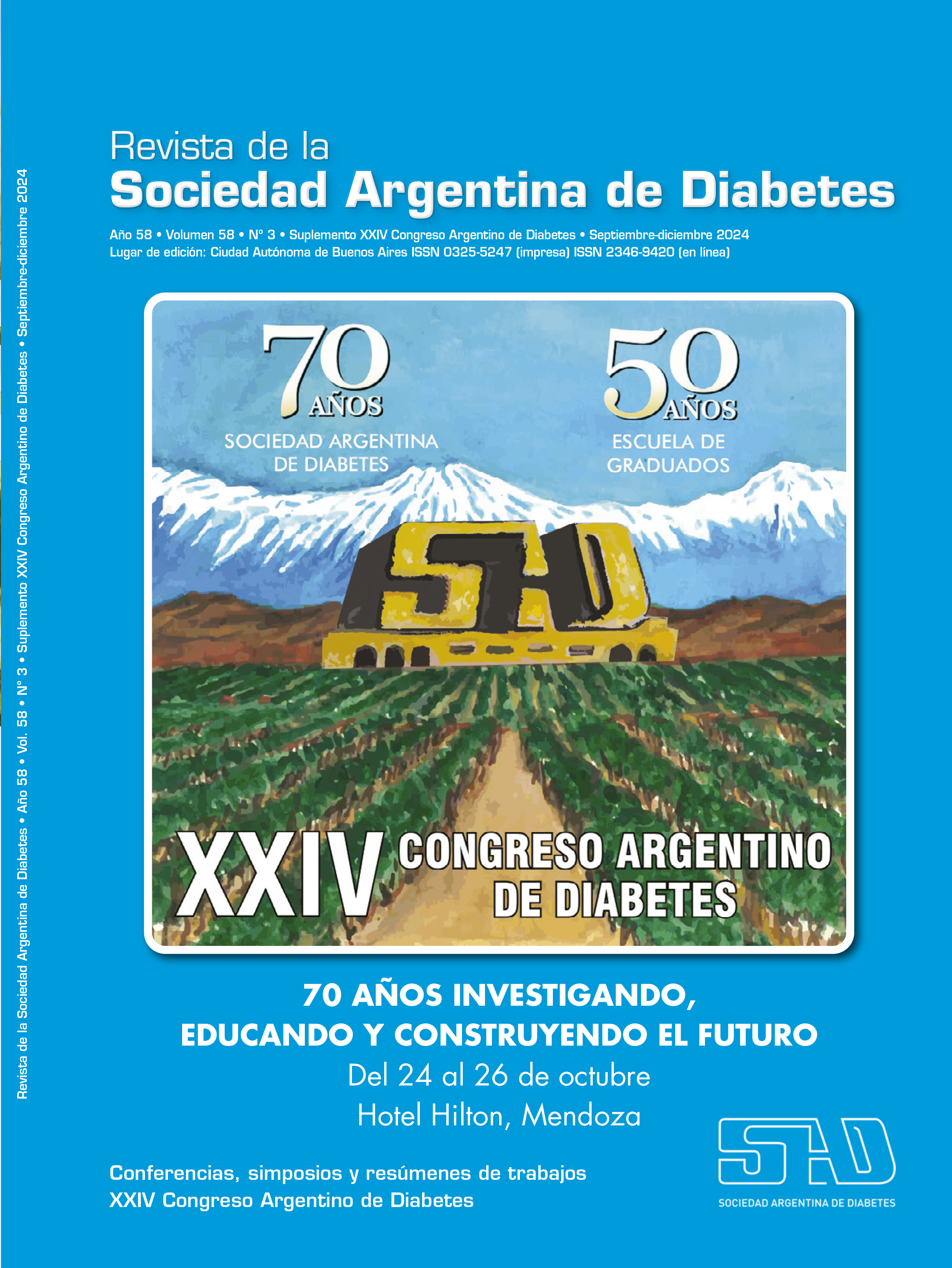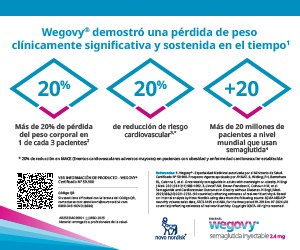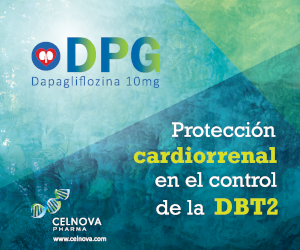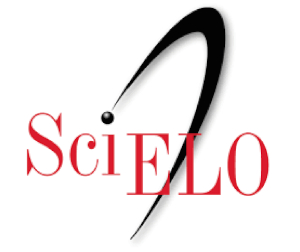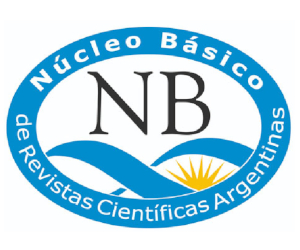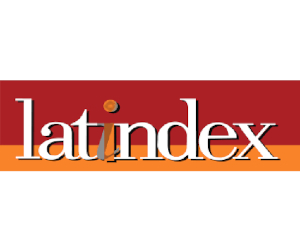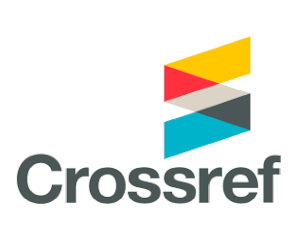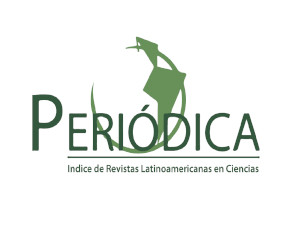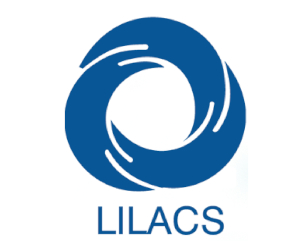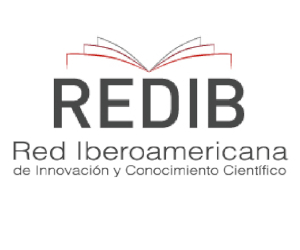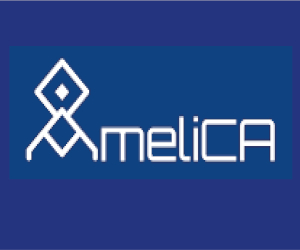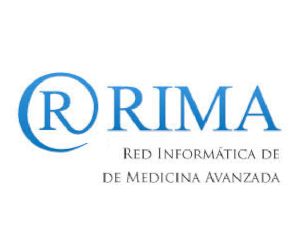Metabolic hepatic steatosis: what the diabetologist needs to know
Keywords:
metabolic dysfunction–associated steatotic liver disease, diabetesAbstract
MASLD and its more severe form called MASH, can promote the development of cirrhosis, hepatocellular carcinoma, cardiovascular disease, and type 2 diabetes. The diagnosis is based on the early screening with FIB-4 and elastography (Fibroscan). Lifestyle are key to success and bariatric surgery is useful when properly indicated. Pharmacological treatment for obesity and type 2 diabetes can avoid disease progression, especially treatment with pioglitazone, glucagon-like peptide 1 receptor agonists, and tirzepatide.
References
I. Stefan N, Cusi K. A global view of the interplay between non-alcoholic fatty liver disease and diabetes. Lancet Diabetes Endocrinol 2022;10:284-296.
II. Nogueira JP, Cusi K. Role of insulin resistance in the development of nonalcoholic fatty liver disease in people with type 2 diabetes: From bench to patient care. Diabetes Spectr 2024;37:20-28.
III. Cusi K, Isaacs S, Barb D, et al. American Association of Clinical Endocrinology Clinical Practice Guideline for the diagnosis and management of NAFLD in primary
care and endocrinology clinical settings: Co-Sponsored by the American Association for the Study of Liver Diseases (AASLD). Endocrine Practice 2022;28:528-562.
IV. Genua I, Cusi K. Pharmacological approaches to nonalcoholic fatty liver disease: Current and future therapies. Diabetes Spectrum 2024;37:48-58.
Downloads
Published
Issue
Section
License
Copyright (c) 2024 on behalf of the authors. Reproduction rights: Argentine Society of Diabetes

This work is licensed under a Creative Commons Attribution-NonCommercial-NoDerivatives 4.0 International License.
Dirección Nacional de Derecho de Autor, Exp. N° 5.333.129. Instituto Nacional de la Propiedad Industrial, Marca «Revista de la Sociedad Argentina de Diabetes - Asociación Civil» N° de concesión 2.605.405 y N° de disposición 1.404/13.
La Revista de la SAD está licenciada bajo Licencia Creative Commons Atribución – No Comercial – Sin Obra Derivada 4.0 Internacional.
Por otra parte, la Revista SAD permite que los autores mantengan los derechos de autor sin restricciones.



